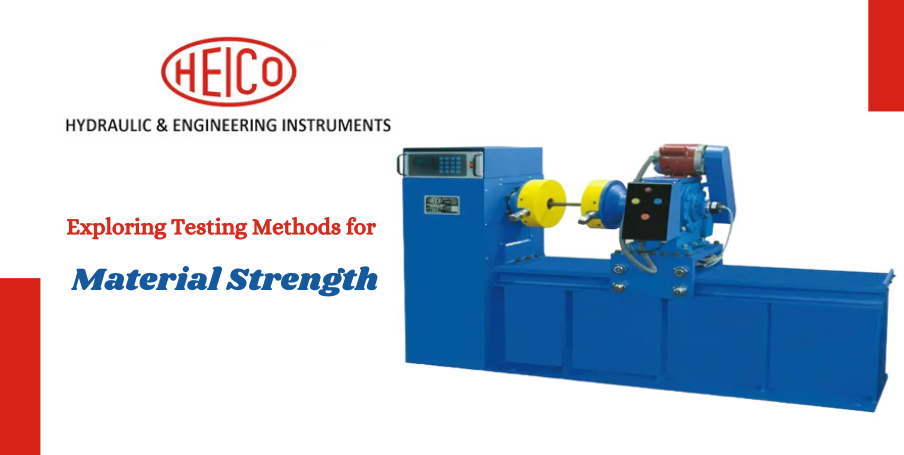Strength of Materials plays a crucial role in determining the durability, reliability, and performance of various products and structures across industries. To ensure the safety and quality of materials, rigorous testing methods are employed to evaluate their strength characteristics. In this comprehensive guide, we delve into the intricacies of testing methods for material strength, highlighting the importance of understanding the strength of materials, the correct approach to testing material strength, and the role of material strength testing machines.
Understanding the Strength of Materials:
The strength of materials refers to their ability to withstand applied forces without undergoing deformation or failure. This property is influenced by factors such as the material's chemical composition, microstructure, processing techniques, and environmental conditions. Common measures of material strength include tensile strength, compressive strength, shear strength, and yield strength, each assessing the material's response to specific types of loading conditions.

The Right Way to Test Material Strength:
Testing material strength requires careful planning, precise execution, and adherence to standardized testing procedures. The correct approach involves selecting appropriate test methods based on the material type, application requirements, and relevant industry standards. For example, tensile testing is commonly used to evaluate the strength and ductility of materials under tension, while compressive testing assesses their ability to withstand crushing forces. It is essential to conduct tests under controlled conditions, ensuring accurate and reproducible results.
Material Strength Testing Machine:
Material strength testing machines, such as Universal Testing Machines (UTMs), are indispensable tools for conducting mechanical tests on materials. These machines apply controlled forces to specimens, measuring their response to various loading conditions. UTMs are equipped with features such as load cells, grips, and displacement sensors, allowing for precise control and measurement of test parameters. Advanced software enables data acquisition, analysis, and reporting, facilitating comprehensive evaluation of material strength characteristics.
Conclusion:
Testing methods for material strength play a vital role in ensuring the safety, reliability, and performance of materials used in diverse applications. By understanding the strength of materials, employing the correct testing approach, and leveraging material strength testing machines, industries can assess the suitability of materials for specific purposes, optimize product design, and enhance overall quality and durability. As technology advances and industry standards evolve, continued innovation in testing methods will further improve our ability to characterize and utilize the strength of materials effectively.
Also read: Compressive Strength Testing Machine



0 Comments